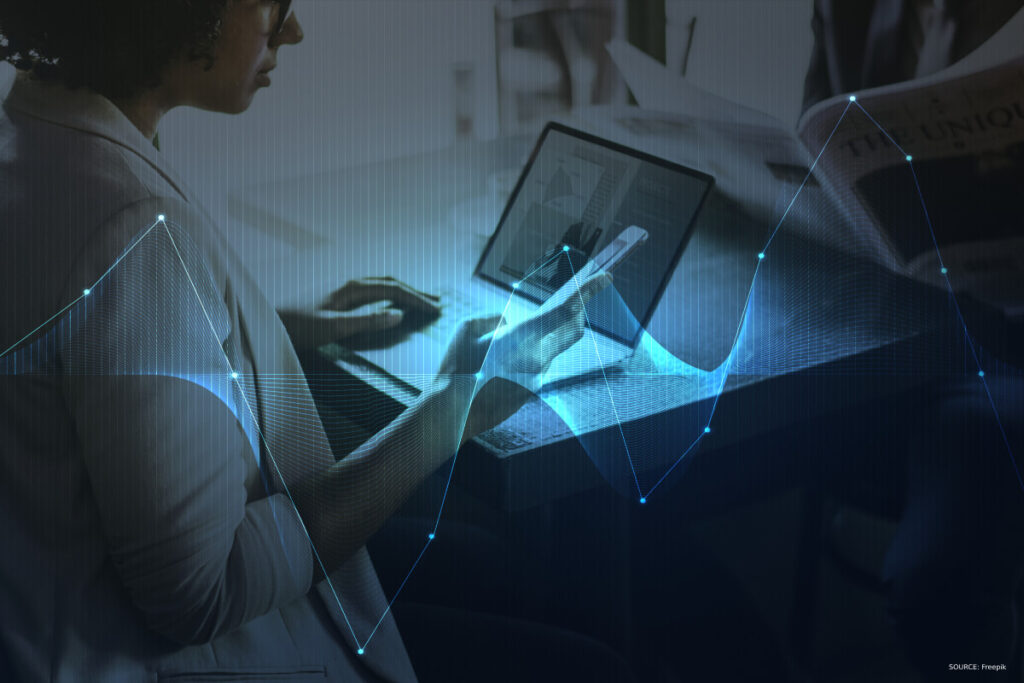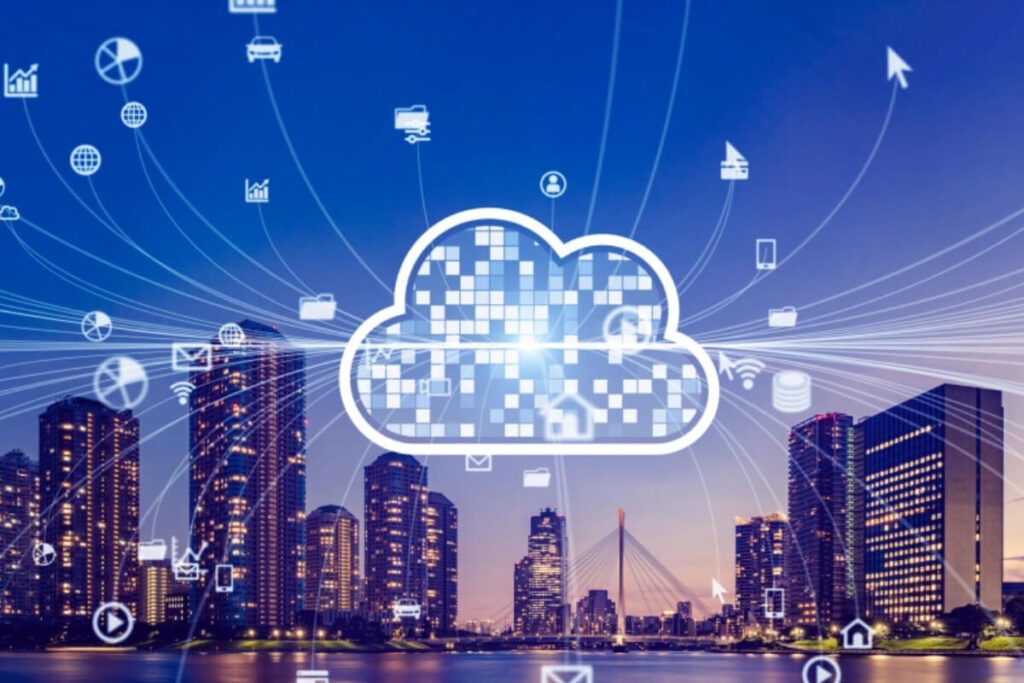IoT is getting intensely deep, detailed and pervasive. The way IoT devices collect massive data every second calls for the need of connectivity to cloud computing services. This need arises in order to make this data virtually resourceful and to have an unlimited data storage capacity in general.
There’s also working a trinity of mutual symbiosis and coexistence between IoT, the hybrid cloud and AI, the holy triad of information technology (IT). Together ‘in sync’ they have made ‘data’ the turning point of modern smart innovations. Making the future and scalability of IoT apps and devices truly and literally unlimited.
But firstly let’s understand, what is an IoT cloud? And what is IoT integration?
An IoT cloud is basically an unlimited network which supports IoT devices and apps that includes everything – the underlying base infrastructure, OS, servers, and in-built storage.
An IoT cloud is essential to allow devices to perform real-time processing and take actions accordingly. Seamless automation is impossible to achieve without an IoT cloud support in the background.
With the unlimited and instant delivery of computing services, including storage, servers, networks, os, software, analytics and AI over the internet. Cloud offers fast innovation, flexibility, device monitoring, rich functionality, troubleshooting at an affordable economy of scale.
The complementary relationship of IoT, cloud and the big data helps the ecosystem to function as expected.
IoTs generation of mass data pools, cloud provider’s navigation and data transfer capacities helps to collaborate in the future IoT developments at the same time.
Now since we understand the usefulness and inseparability of IoT data integration and the cloud, let’s investigate the steps involved to securely integrate any IoT data to ‘the cloud’.
Firstly, a secured integration requires planning, proof testing and well researching while selecting IoT integration tools.
The cloud connection between edge devices and digital services includes an intricate bee hive architecture that allows potentiality for multiple solutions to help devices and cloud services to work in tandem, over high speed internet communication channels with effective protocols. Which includes a strong two way communication right from the physical layer to the applications layer. The seamless edge to cloud integration is what holds the keys to an IoT ecosystem success
This complex data integration can be broken down to a simple 5 step process

Capturing data
To perform big data analytics in real time is the headpiece of the IoT world.
The holy grail and centerpiece of the ‘internet of things‘ world is to allow this big data as a continuous flow for consistent IoT device integration for real-time processing and functionality across the IoT system integration.
We’re not talking about milliseconds but data navigation as a constant streaming of edge computing and system Al working in sync.
This tight rapid system is the tightspot for any IoT and BI (business intelligence) verticals to work.
The first step usually involves capturing data as you can’t do anything with data unless you have it. A tier architecture helps to feed IoT data to relevant platforms.
The next steps are cloud logging and monitoring.
Creating an IoT hub
Involves sign-in to cloud solutions provider AWS or Azure portal. Registering into the IoT hub pane allows you to create and customize your hub which leads to creating a resource group to host the IoT hub and select a location. The hostname and access policies are key to ensure secure information transfer from devices and apps to the hub.
Registering a device in the created IoT hub for a sensor tagging
Involves syncing devices to the hub with sensitive and encrypted device IDs along side authentication like types of symmetric keys that can be auto generated. These auto generated keys hold a string to the connection of the primary key to the hub and are important to be noted and secured. The device is further registered for the SensorTag.
Enable connections between IoT gateway and the SensorTag
To enable IoT data chain mobilisations and transfer.
Includes processors, commands and the SensorTag found in Bluetooth shells in certain device selections.
Running a sample test application to send SensorTag data to the IoT hub
Lastly, this proof of concept (POC) test sample involves BLE (Bluetooth low energy) application where data is further collected to redirect to the IoT hub gateway.
At the application levels, the http (hyper text transfer protocol) is the most standardized web communication protocol. A TCP is used to send requests to servers that work on a request-response model. A TLS certificate is added to make it further secure while a http performs well over a TCP, a DTLS performs same as an UDP.
This network setup is used by IoT devices to communicate with web servers via the SOAP web service.
The devices can ‘ talk’ to servers with a TCP or IP connection using http or POST method and transfer information payloads formatted in XML, JSON or any other formatting.
Each additional step (HTTP TCP/IP , XML/JSON) adds to the overall payload which includes the end information (data) the application is looking for.
Another MQTT (message queuing telemetry transport) is popular in IoT application layer protocols. It’s lightweight with a small code footprint that helps in cryptic constrained environments like embedded IoT devices. Working on a subscribe-publish model for a one to many communications between devices via a single MQTT source. Just as the perfect match and requirement for any integrated IoT!
With an understanding of the above steps and protocols, it’s easy to imagine the complexity involved in an edge to cloud communication and IoT data integration.
Technosphere is an IoT product engineering company that focuses on providing smart product design, engineering services and end to end IoT solutions. Including industry specific IoT, smart city solutions, enterprise IoT, wearables, and wireless communication solutions.
With offices based in Bangalore, India, and Dallas, TX USA, Technosphere offers the best of both worlds with reliable and secure data aggregation with seamless cloud automation via various IoT platforms. Including data analytics, smart logistics and smart retail solutions.

